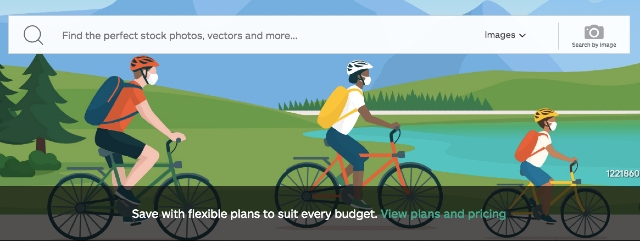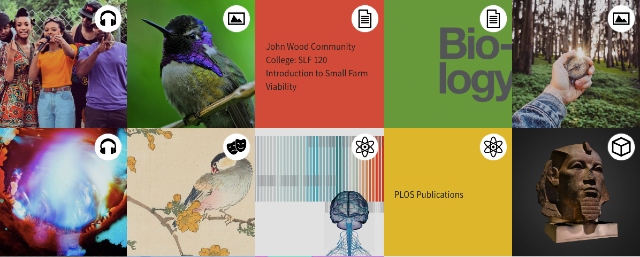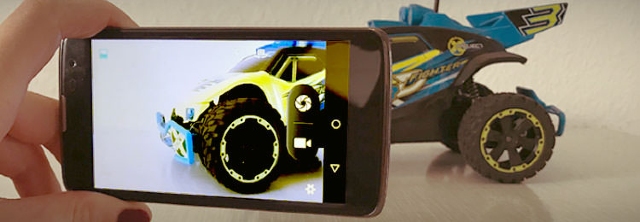Innehållsmarknadsföring
How To Use Images

It’s all-too-easy to focus on the written content of your blog posts, including images only for illustrative purposes or as an afterthought. Yet effective use of photos and pictures can improve an article’s impact dramatically, helping to convey the themes within the content at a glance and capturing your readers’ attention.
YOU’LL LEARN:
- How to use images effectively
- How to avoid legal pitfalls with image copyright
- Some tips for using photos in your blog
Respect Copyright
Each image that you find online is protected by the owners’ copyright, and you need agreement from the owner to use an image. Failure to observe this can have serious legal implications, and may result in warnings, fines and other legal action being issued for unauthorised use of images.
Before you publish any image on your blog, it’s important to respect the copyright and to pay close attention to how the image may be used, if it can be used at all. Here’s a rundown of common options for finding image sources online, and some notes on each:
Your Own Pictures
If you want to use your own photos, then they can be used on your website since you own the image.
DIY Graphics
You can use graphical elements you’ve designed yourself, but as with photos, you should ensure any graphical elements you’ve used aren’t subject to copyright.
Screenshots
Normal screenshots are permitted for the purposes of illustrating a walkthrough or other instructional material. However, no person or artistic works should be clearly visible.
Stock Photos

If you do not have images of your own, which will always be the safest free method, then you can purchase stock images from professional photo agencies online.
Agencies such as iStock stock thousands of high-quality photos and have different licensing rates, depending on how many images you require – usually, there are cost-effective solutions.
If you do use these agency images, you should abide by the labelling requirements provided with the images.
Manufacturer Photos
On certain products, manufacturers offer photos and using these as part of an affiliate program is usually no problem. However, to foster a professional relationship, it’s always preferable to send an email to the marketing department of the company in question requesting permission for the use of their product imagery.
Google Image Search
Under no circumstances should you simply copy images from Google’s Image search and use on your own website.
Other Blogs And Websites
You may be able to track down the images you want to use to other blogs and websites, so simply seek permission from the website operator.
Photo Sharing Websites – Flickr, Instagram etc.
Images you find on photo-sharing-based social-media sites such as Flickr, Instagram Pinterest and others are not fair game to use as you please. Find out precisely what kind of licence the images were published under and stick to it. Almost always, some type of attribution will be required.
Free Image Databases

There are a few popular online databases with freely re-usable images and photos, such as Creative Commons licensed imagery. These are a great resource for bloggers, but be sure to read through the terms and conditions of reuse for any imagery you find there.
On The Safe Side
If you adhere to the notices of licensed images, mainly use your own pictures and photos and ask permission to use any copyright photos, then you are on the safe side. However, there is no 100 per cent security in this area, and the law governing image rights can be complex.
Quick Tips For Using Images
Images can be used in simple ways to enhance your blog posts. They can be used to set a certain mood or theme for your page, for example; they can be very useful in helping explain a complex idea.
They also help draw the visitor’s attention to something important, particularly on social websites, where often only the image can be seen. Be sure to optimise your photos before inserting them on your website.

Their filesize should be as small as possible, so they load quickly. By concentrating on the basic SEO for your imagery and including all meta data for your images – by using Open Graph meta tags for Facebook, ensuring the filename contains your main keyword and by adding attributes such as title and alt – you’ll be increasing the chances of your pages being indexed favourably and found by search engines.
